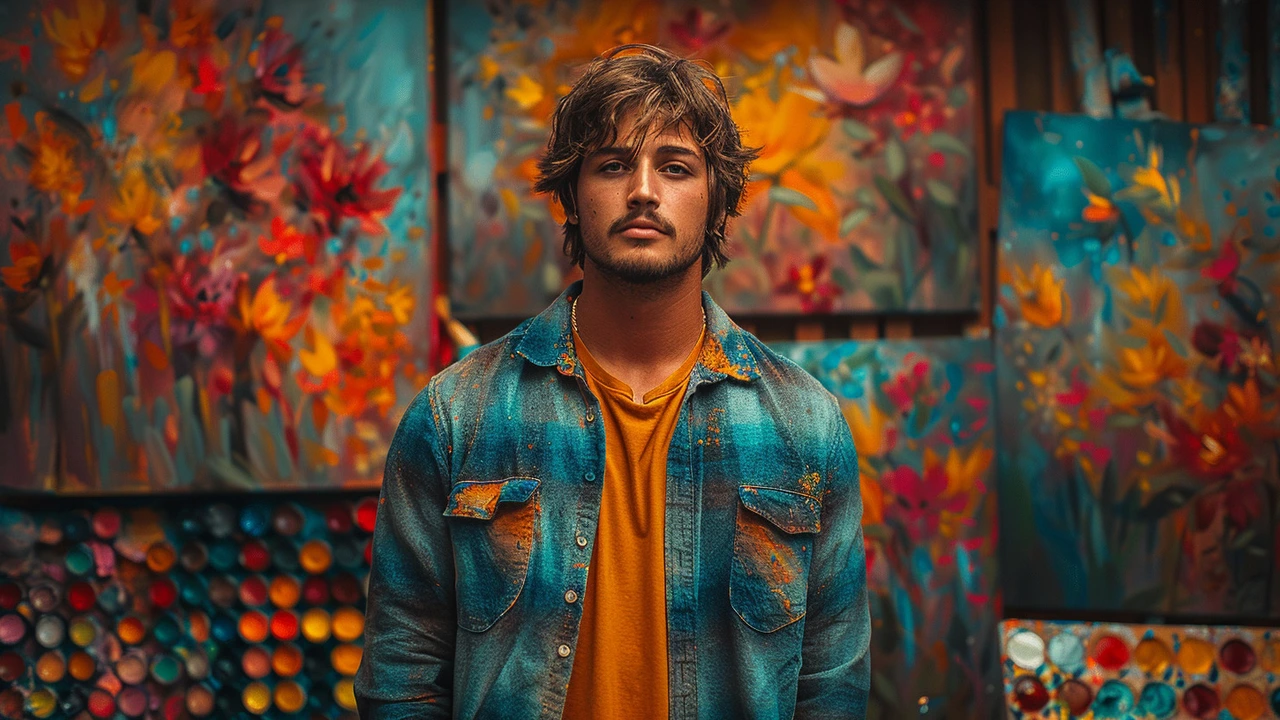Realistic Paintings: Techniques, Artists & How to See Detail
Realistic paintings ask you to look twice. Photorealism and hyperrealism push paint to mimic cameras, but the goal is more than copying—it's about reading light, surfaces, and subtle color shifts. If you want to paint or choose realistic work for your home, these quick, practical points will help.
Start with a strong reference. A clear photo with good light makes a huge difference. Use high-resolution images, shoot your own photos when possible, and study how reflections, textures, and tiny details sit together. The article "Photorealism Art: Techniques, Secrets & History for Stunning Realism" on this site has step-by-step ideas for turning a reference into a believable painting.
Control value before color. Block in lights, midtones, and darks early. Getting values right gives the painting depth even before you perfect hues. Test values in grayscale or squint at the subject to see major shapes quickly. Many pro realism painters swear by value studies and small charcoal sketches first.
Work in layers. Start with a thin underpainting to map composition and value. Build mid layers for form, then add thin glazes or tiny details on top. Glazing warms tones and creates a sense of depth glass or wet surfaces have—use it on skin, chrome, or water. Patience here beats rushing to details.
Match edges. Sharp edges draw attention; soft edges push forms back. Decide where you want the eye to rest and sharpen those contours. For example, the focal point of a photorealism portrait often has crisp edges around the eyes and softer edges elsewhere.
Choose tools that support detail. Small round brushes, fine liners, and a steady support for your hand help. Many realistic painters use magnifiers or small mahl sticks for tiny highlights. Oil and acrylic both work; oils give long open time for blending, acrylics dry fast and are easy to layer with retarders.
Study surface and texture. Glass, metal, fabric, and skin react differently to light. Break the surface into planes and paint how light moves across each plane. A metal cup will have hard reflections and abrupt value jumps; skin has subtle shifts and diffuse highlights.
Look beyond realism for inspiration. Articles on this site about Abstract Expressionism and Bauhaus explain how composition, bold value contrast, or negative space can improve realistic work. Mixing lessons from other movements helps you design stronger images, not just copy photos.
If you collect realistic paintings, check a few things: the artist’s technique notes, close-up images of brushwork, and whether the work is photographic or painterly at close range. The post "Top 10 Photorealism Artists You Must See" gives a good list to start your research.
Realistic painting rewards time and careful looking. Use strong references, focus on value, work in layers, mind edges and texture, and borrow composition ideas from other arts. You’ll see progress whether you’re making work or hanging it.
Want quick practice? Paint small studies of everyday objects—an apple, a glass, a leather shoe—focus on one texture per study and finish each piece. You'll learn fast too.

